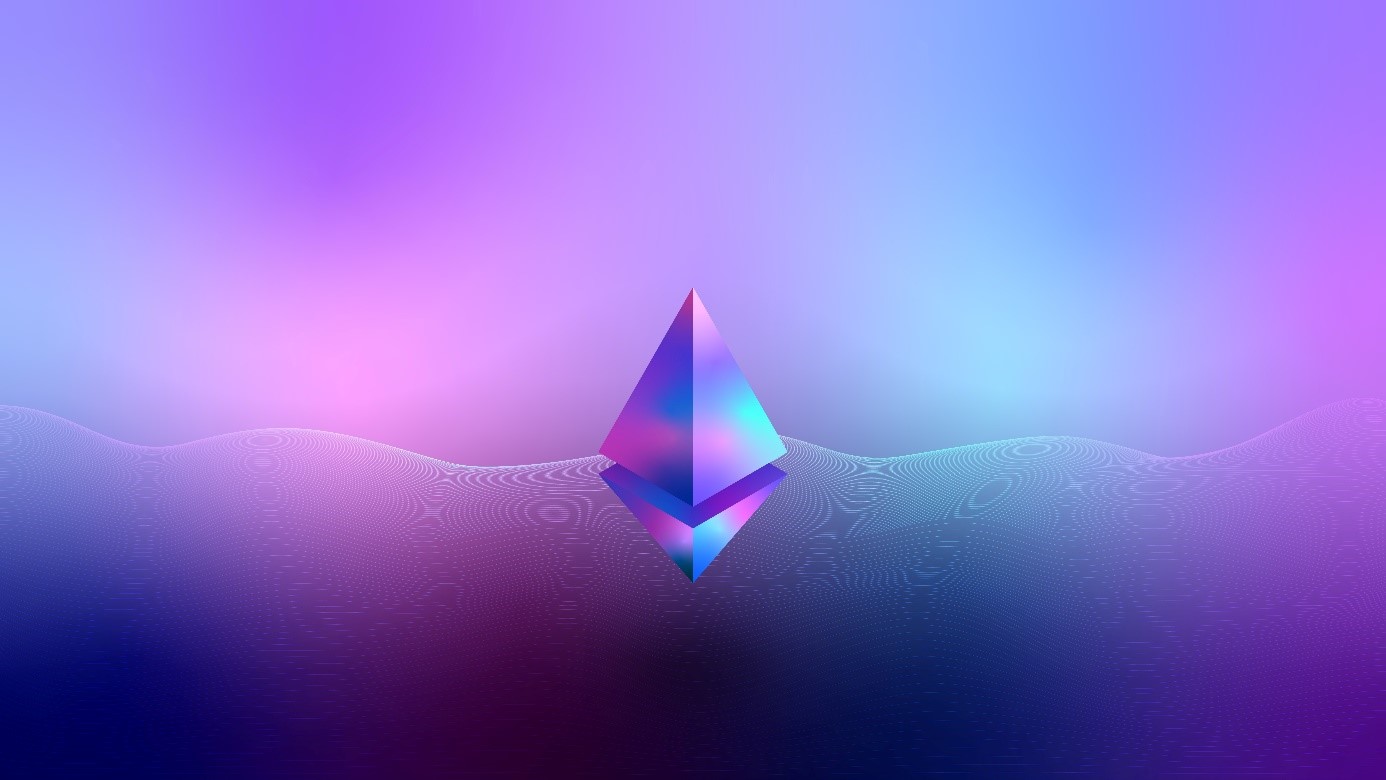What is the Ethereum update called EIP 1559? Its main assumption is to establish a base fee in the case of transactions made with this specific currency, against which dynamic changes are made depending on network activity and the current demand for block space. At the time of its implementation in 2019, there are still many half-truths and myths, which is why we decided to dispel all doubts for the benefit of miners and investors.
Contents
Myth 1: Ethereum fees will drop drastically due to EIP 1559
Thanks to EIP 1559, transaction fees are more stable and predictable. All thanks to the creation of such an algorithmic model that automatically changes fees in all blocks (even by 1.125x). The current mechanism means that the execution of an Ethereum transaction may increase immediately depending on market fluctuations. The control of EIP 1559 ensures that the use of block space leads to the optimal growth and depreciation of the currency. Once the set “gas target” is achieved, the basic fee will increase by 12.5%.
Myth 2: With EIP 1559, there will be a more precise determination of Ethereum’s value
EIP 1559 introduces a fee-burning feature that completely eliminates coins for the supply of Ethereum. In other words, the basic fee does not go to miners, but is incinerated. This leads them to lose their financial incentive to harmful network congestion and thus keep the base cost high (which can be minimized with plug & play operating systems like simplemining.net). This update has a chance to strengthen a similar assumption as in the case of Bitcoin, i.e. limiting supply when investing in Ethereum. Given that the base price is fluctuating as a result of network activity and the demand for block space, it is extremely difficult to estimate the average level of Ethereum burned.
Myth 3: The EIP 1559 update causes miners to finally give up Ethereum
Miners are projected to lose 20% to 35% of their income if EIP 1559 is activated, hence mining businesses on Ethereum have petitioned to prevent EIP 1559 in its present version from being approved into the London upgrade. EIP 1559 amendments have also been filed. The strategy has been modified to avoid burning the base fee, increase miner revenue from other sources like as block subsidies, and alter Ethereum’s mining algorithm to make network reward competition more equitable among miners.
Summary
Initially, the profits of miners mining Ethereum relied on top-down subsidies and transaction fees. However, the rise in popularity of the cryptocurrency industry itself in the case of decentralized exchanges (DEX), mining profits have only grown in attractiveness. MEV’s revenue in early 2021 was half a million dollars, and by the middle of the year that figure was already 6 million. The MEV is a base amount for miners who can earn it through their ability to organize transactions within the block. Due to changes in miners’ income, with filtering on specific transactions in the block and users exchanging or buying Ethereum, determining the average financial boundary is difficult to measure

